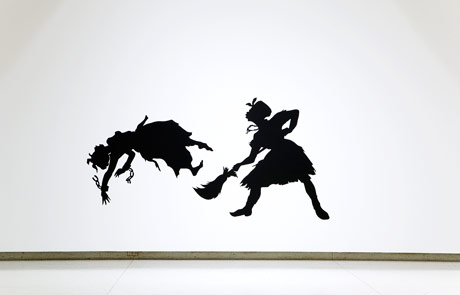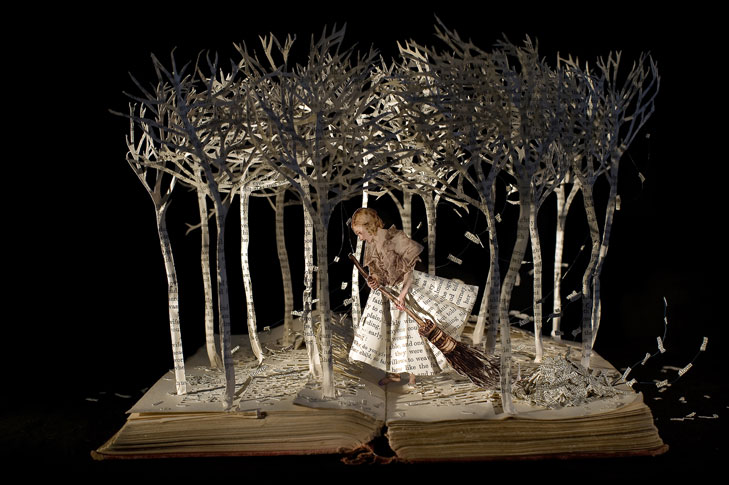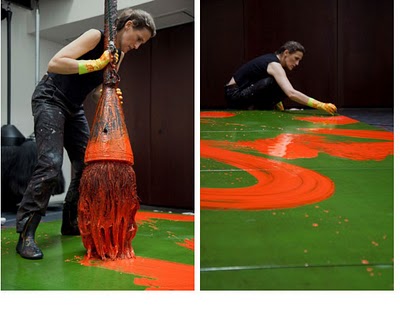Tableau vivant: a group of suitably costumed actors or artist's models, carefully posed and often theatrically lit. Throughout the duration of the display, the people shown do not speak or move. The approach thus marries the stage with those of painting or photography, and as such it has been of interest to modern photographers.
Two teacher groups in T&P have used tableau photography as the art-making activities in their lesson; they required that a scene, props, and a person will be in the photograph.
Elijah Wood
Ice Cube and Shaquille O'Neal
Alicia Keys
Tableau photography by David LaChapelle
Photography can be considered an art form because one is able to construct an image by composing the subject (person) and found objects (props) into one interacting scene. It's a narrative. It can tell a story in a single image.
What would be the point of using props made out of construction paper? What if the scene is supposed to be believable? Or is it supposed to mimic the flat pages and imagery of a comic book? Is the scene fantastical?
What about constructing props using other materials? Is that necessary for the particular concept? Should the props included be works of art themselves, and then be photographed? What would that add to the scene?
Fresh Hybrid
Cats in Paris
Fox Games
Sandy Skoglund constructs many of the objects in her tableau photography.
What about the setting or background of the image? In photography, what your subject is surrounded by is equally important as the subject itself. As an educator, you are limited to the classroom, unless the students have permission to go on a field trip or go outside. How can we solve this setting problem?
If you'd like your students to succeed in an environment that you are teaching in, your teacher example should be made in the same conditions that the students will be working in. The example exists for understanding, and so they can be challenged and excited to work on the art assignment. It's almost like a starting point, or a spark of an idea. If it is impossible to create a similar scene in the art classroom, a photograph obviously taken anywhere else is not helpful to the students.
Why use photography? What is characteristic about that medium that will enhance the artist's concept? What is useful about using actual people, rather than a representational drawing?
These are all exciting and probing questions I believe an ever-growing artist and art educator should be asking him or herself. Photography is an art form in itself, sometimes we don't need to be
making things that need to be incorporated into the image. The bigger idea is how to compose the subjects in the frame. And if you're constructing props for the image, considering material and realism of the object is essential. The viewer can only interpret the image by what he or she sees, and the artist's concept is completely dependent on the objects and people you include in your photography.






























